All of the website’s news is automatically translated by Google Translate.
The Northeast Corner region is famous for its rich and diverse landscape resources, and the geological environment has created a rich cape and bay terrain. The hinterland of the bay was the first choice for early ancestors who came here by water to cultivate land, and naturally formed small fishing villages with their own unique characteristics. The fishing village settlements are distributed like pearls along the northeast coast.
The Northeast and Yilan Coast National Scenic Area Administration of the Tourism Administration of the Ministry of Transportation and Communications (hereinafter referred to as the Northeast Office) commissioned the Taiwan Ecotourism Association to adopt the approach of "Reading the Living Landscape" and selected three areas, namely "Aodi-Fulong", "Nanya-Hemei" and "Toucheng Five Fishing Villages", for local tour guide training based on community settlements. Together with community partners, they discovered highlights of interpretation, tour guide themes and designed tour routes to build consensus on sustainable development and jointly promote ecotourism. The Northeast Corner Management Office organized a trial tour for the "Nanya~Hemei" regional achievement presentation and invited 20 travel agency colleagues to visit the communities of Nanya, Bitou and other communities.
Nanya, also known as Nanzilin, enjoys rich fishery resources brought by the northeast monsoon and the Kuroshio Current, and the coastal waters are rich in locktail and hairtail. Nanya residents still retain the manual skills of collecting moon peaches and using their stems to make ropes for boats. Wu Yaling, executive supervisor of the Nanya Community Development Association, said that the association currently offers package tours including handmade moon peach weaving, community cultural/coastal geological trail tours, king ship sea patrols, fish eating education, fishing village-style meals, etc. Group reservations are welcome for tourists of more than 20 people.
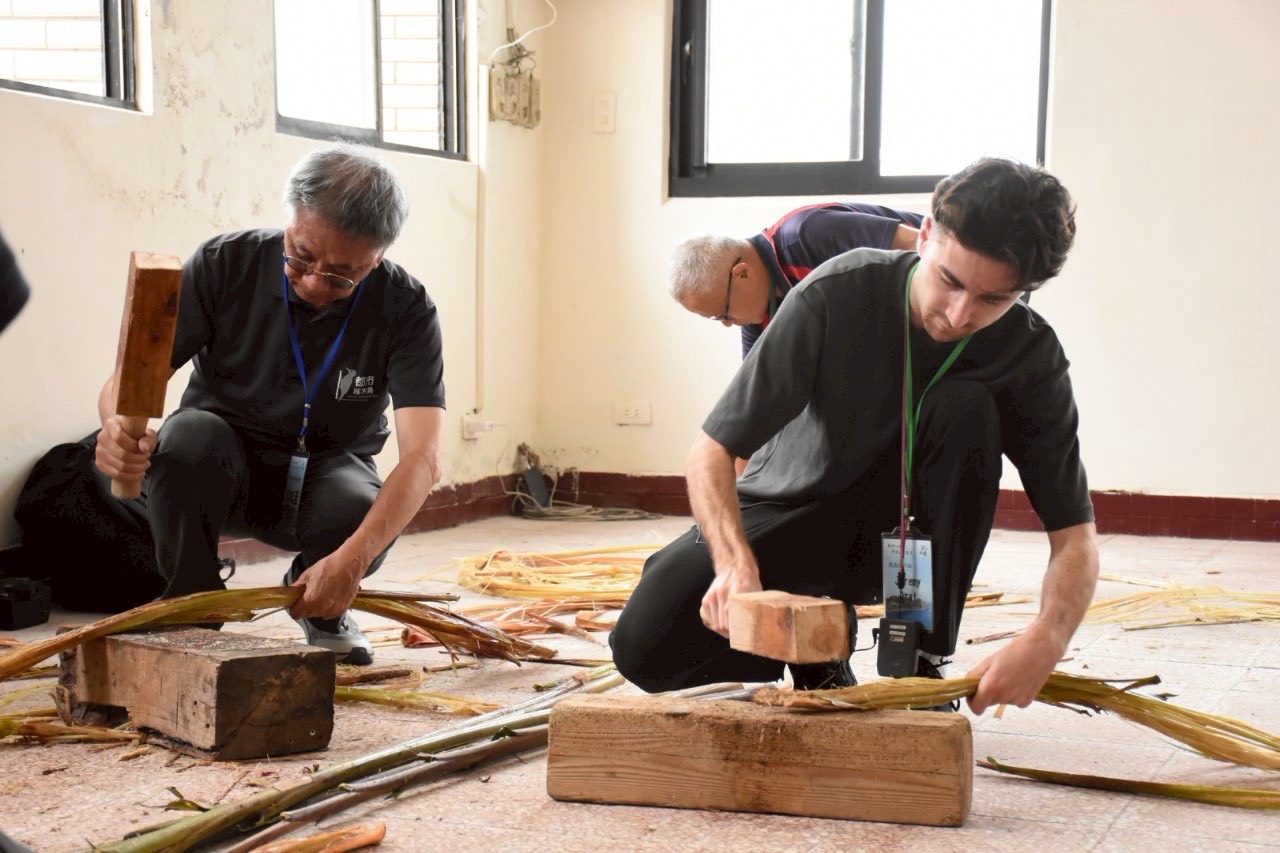
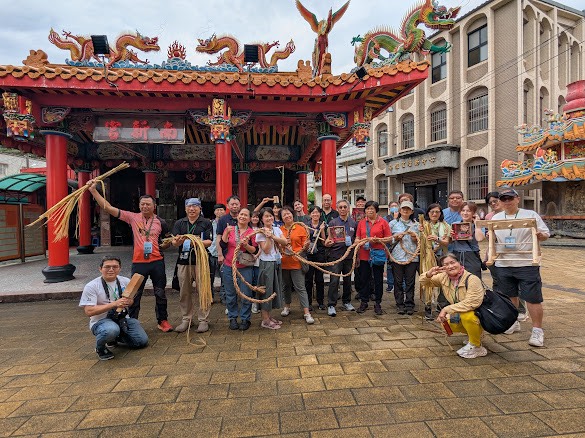
Travel colleagues took a photo with the big-nosed man "Manzaimian" at the foot of Nanzilin Mountain, which was very interesting! In the intertidal zone, we saw the exposed coal seams at the junction of the Nanzhuang layer and the Guizhulin layer in the Dapu section. We were also impressed by the experience of removing the leaves and beating the moon peach to extract the silk, which we called "stress relief and healing"!
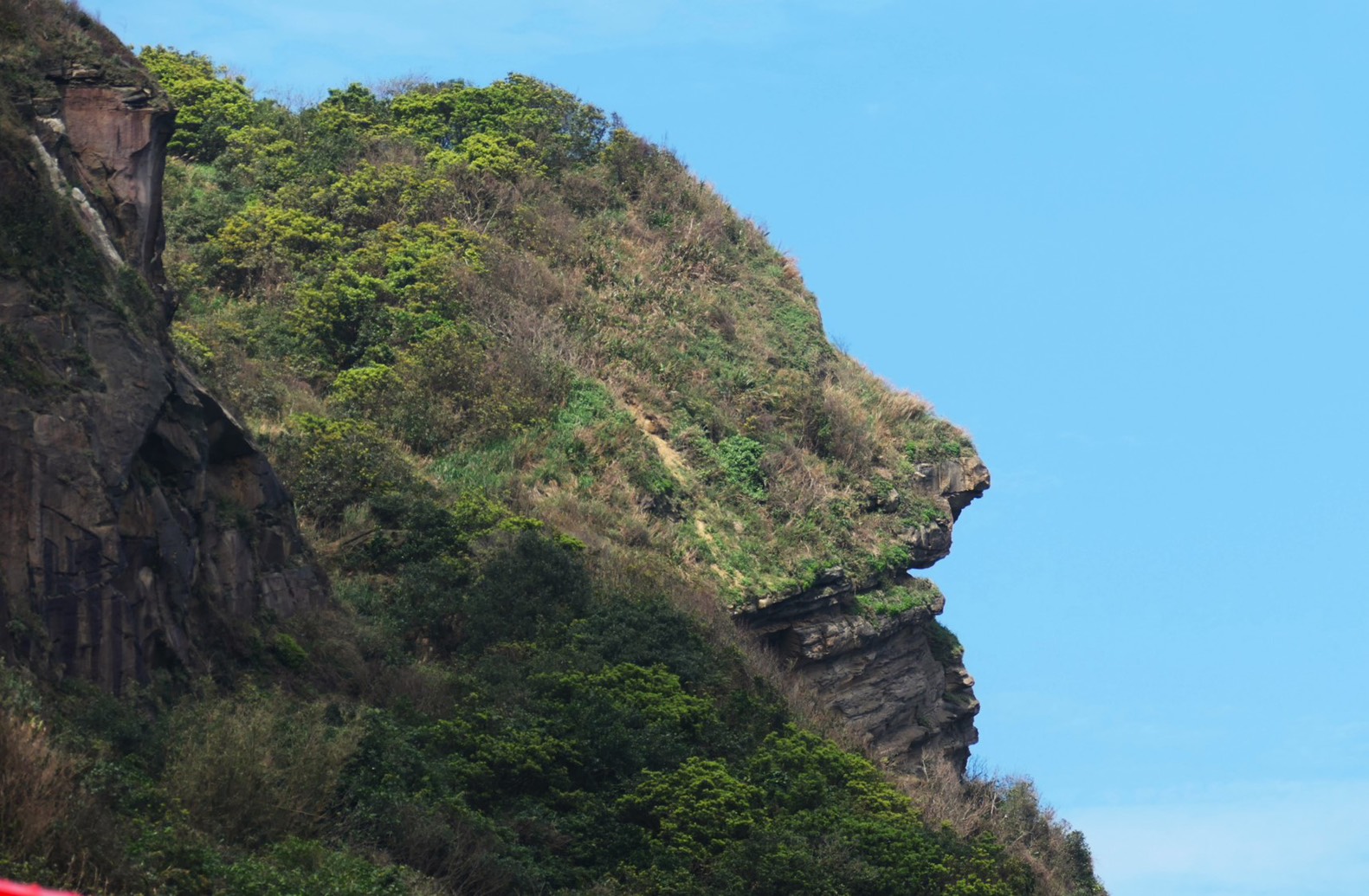
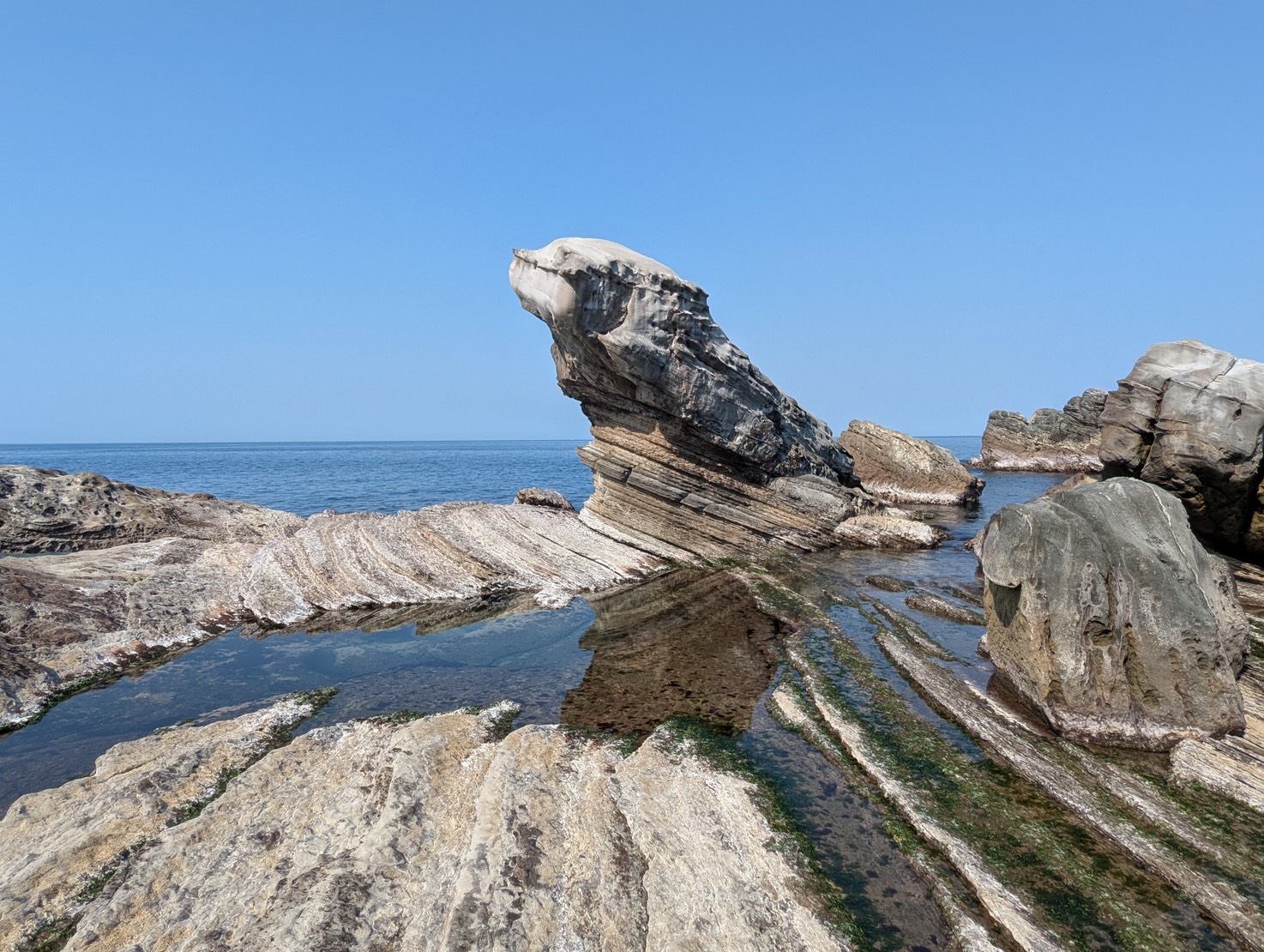
Cape Bitou is located at the junction of the Pacific Ocean and the East China Sea. Local residents make their living by collecting seafood such as agar-agar and snails in the intertidal zone where ocean currents meet. Wang Ruiji, a veteran seaman at the home of seaweed, said: "I have been picking seaweed and snails since I was 10-11 years old! The best variety of agar is the sea cucumber, which needs to be harvested in water (diving). After repeated washing and drying processes, it is dried in the sun to a beautiful golden color and rich in gelatin." Xiaoyu (Yu Mengyi) from No. 1 Cafe in Bitou likes diving, promoting symbiosis with the sea, and cleaning the beaches and seas. After staying there for a long time, she settled in Bitou and made a community store map to promote tourism and prosperity. She said that the ecology of Bitou Port is rich, and there is no need to leave the port to catch fish, and port fishing is well developed. The waters of Bitou Cape Park are the natural delivery room and nursery of soft silk, nicknamed "Soft Silk Park"; she cooperates with a well-known old seafood restaurant in Bitou. During the spawning season of tiger squid, if the eggs happen to be laid in the restaurant's aquarium, the restaurant will specially preserve them and hand them over to relevant units for restoration.
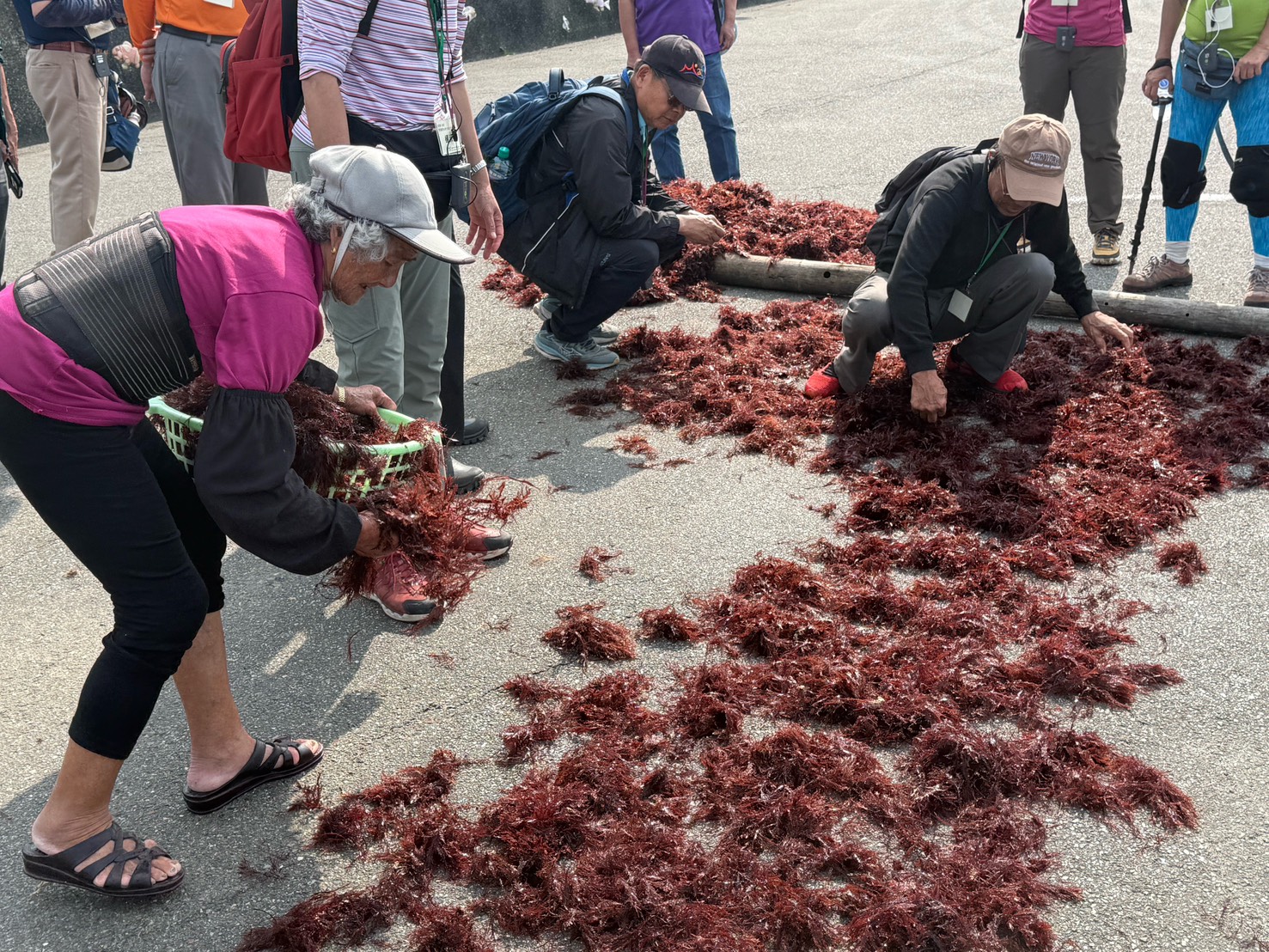
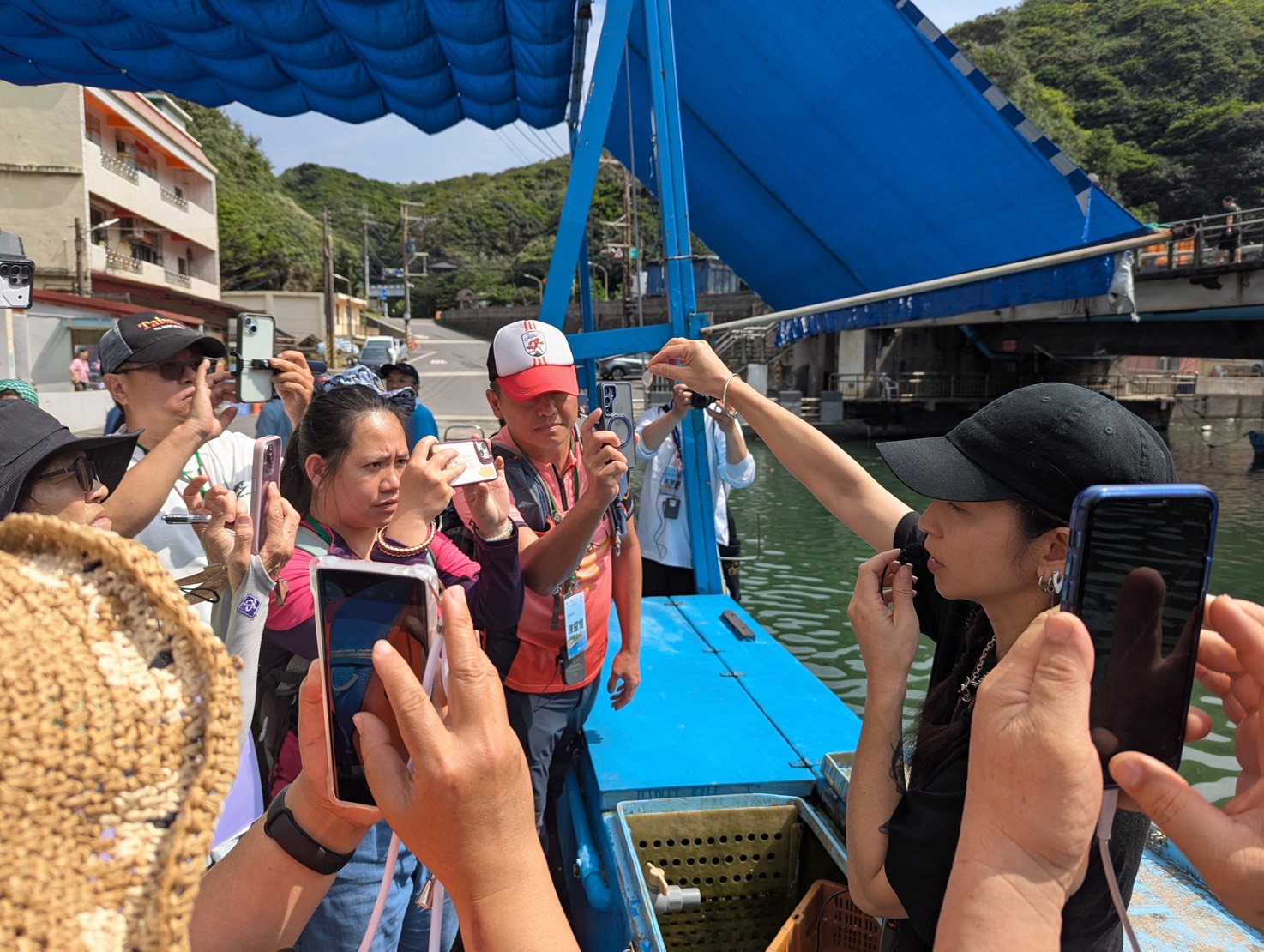
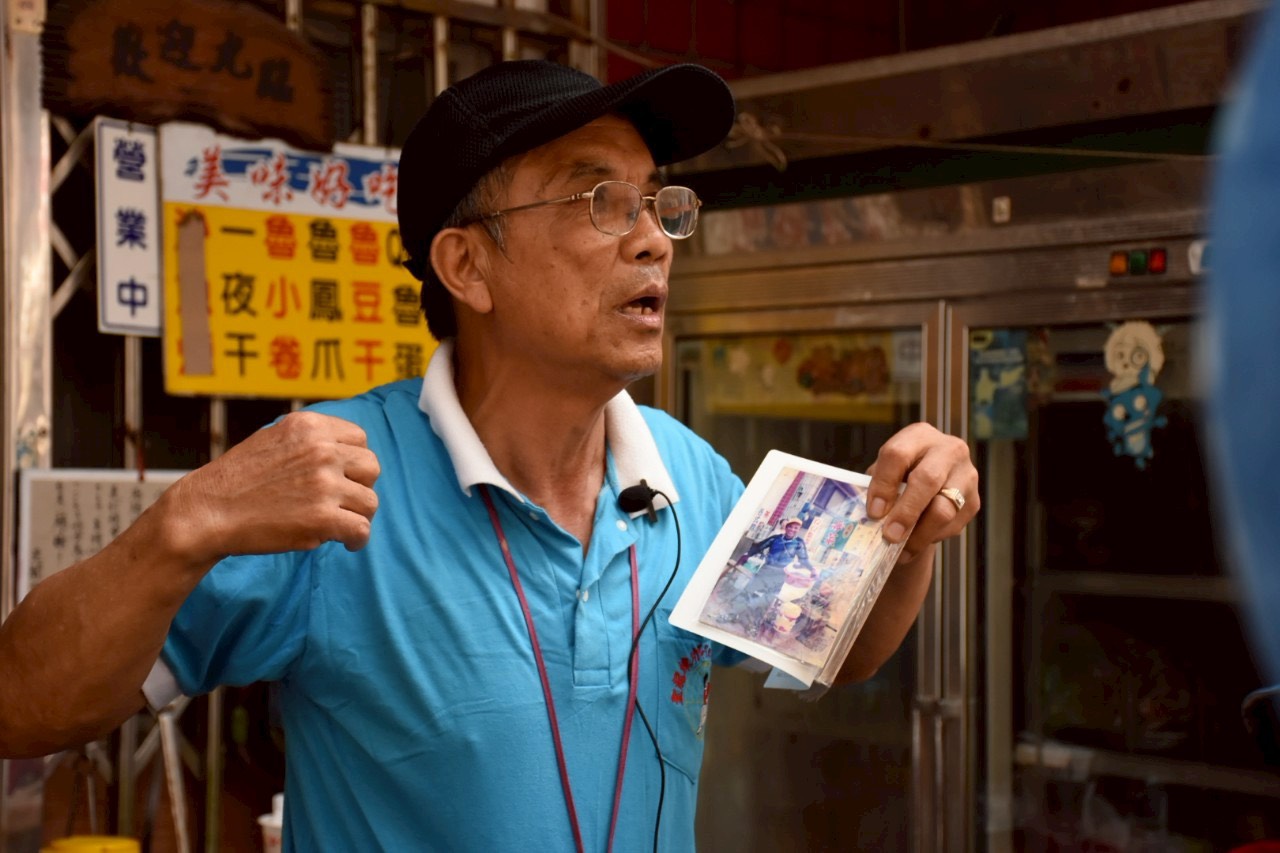
Director You Liyu of the Northeast Corner Management Office said that ecotourism emphasizes contributing to the local area, supports green consumption, hires locals to tell local stories, encourages the purchase of local seasonal products, increases interaction with the local community through local food, accommodation, travel, shopping and travel experiences, extends the length of stay, and considers the carrying capacity of the tourist destination. It is recommended to use low-impact, low-carbon travel methods such as weekdays, small groups, and non-hot spots. This time, we designed a local tour called "Discover the Cape and Stroll around Wan'ao Fishing Village". We discovered that "Nanya" has more than just "strange rocks" and "Bitou" has more than just "trails" and "seafood restaurants". Following the local tour guides, we took a slow tour in the community and got a better understanding of local life. Participating tourism operators said that in the future, they will incorporate the area's ecotourism resources into the tour design according to the attributes of their customer base.
Director You Liyu also said that in addition to using the "Reading Micro-Landscape Ecotourism" project training to select communities to develop natural, cultural, and industrial tours/experiences, the management office also has a separate project to train tour guides for the "Bitou Longdong Geopark." Tourism colleagues are welcome to connect to make comprehensive use of and design tour itineraries.
.jpg)
【Nanya~Hemei】Reading Micro-Landscape Ecological Tourism- Local Tour Inquiry
Nanya Community Development Association (Wu Yaling) 0919-918316
· Haicai's Home (Wang Ruiji) 02-24911582, 0910-281939
Nose No. 1 (Yu Mengyi) 02-24911149
Taiwan Ecotourism Association 02-25151906